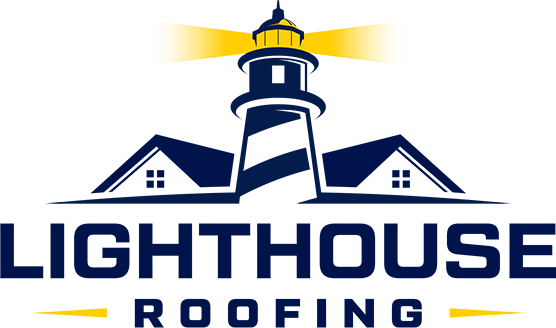After a Coastal Bend storm, it's time to assess the damage done to your property—and that includes your roof. High winds can loosen or even remove shingles, especially along the roof edges, where roof's slope or face meets the fascia or soffit. Lifted or missing shingles can lead to leaks (and eventually rot) if moisture gets underneath and affects the roof deck below. If you are unable or intimidated to get up on your roof, don't hesitate to contact Lighthouse Roofing for a comprehensive roof inspection today!
So, here's how to identify wind-damaged shingles—and how to fix them.
How to Tell If You Have Wind-Damaged Shingles
After a storm event, check the area around your home and yard for signs of shingle damage. You can visually inspect your roof and other areas for the following signs:
Loose or Curling Shingles
The roof's edge is the most susceptible to wind damage. Look for raised shingles and creases in the tabs as signs of loosened shingles.
Missing Shingles
Check around your yard and on the ground for missing shingles. Then, visually evaluate the roof from the ground. Consider contacting a professional roofer for an inspection, as they can safely access your roof and take a closer look.
Damage to Soffits and Fascia
Look along the roof's edge for any damage to the soffits or fascia caused by fallen debris or water intrusion. While these might not seem like areas of concern, leaving damage unaddressed can lead to problems in the future.
Flashing Failure and Other Penetrations near the Chimney
If the material surrounding your roof's penetrations—also known as flashing—is lifted, damaged, or missing, it will need to be fixed or replaced. If left unchecked, further damage could result.
Water Damage on Interior Surfaces
Shingle damage may show up inside your home, too, especially if water has infiltrated the roof deck. Check interior surfaces for discoloration, wet spots, peeling paint, or dripping water.
Examples of Wind-Damaged Shingles
- Tearing. The tab has detached from the shingle.
- Puncture. Flying debris has punctured the shingle.
- Removal. The shingle has been removed from the roof deck.
How to Fix Wind-Damaged Shingles
Repairing damaged shingles or other roofing issues caused by wind may be covered under your homeowner's insurance policy. The first step after a wind or storm event that has caused roof damage is to contact your insurance company and confirm your coverage. Then, see if the insurance company can send an adjuster to inspect your roof. Although it's not always the case that they will send someone in person, it's best to check. If your insurance covers the damage costs, you may only be responsible for paying your deductible rather than the whole repair. One important note: make sure you have pictures of the damage (whether provided by the adjuster or by a roofing professional) before any clean-up or repair work is carried out so you have evidence to back up your claim.
Once these bases are covered, you are now ready to allow your roofing contractor to begin repairs. As well as attending to damaged shingles, you should also ensure that the roofer inspects the roof deck for water infiltration as, if the water damage has penetrated that far, you may need to have it replaced before installing new (or repairing old) shingles. Any badly wind-damaged shingles will need to be removed and replaced, as they can't adequately protect the roof deck if they're creased or loose. Curled shingles can be glued down using a roofing adhesive. Roofing professionals generally carry out the latter repair in warmer weather, as shingles may crack or break if it's too cold.
Usually, you can replace damaged shingles with new ones, but significant damage may require a complete reroof. A professional roofing contractor will be able to determine how much work is required and give you an estimate on cost.
Protect Your Roof from Future Damage
A great way to protect your home's roof from wind damage is to install shingles that carry a strong wind warranty, such as GAF Timberline HDZ®, Timberline® UHDZ™, and Timberline® AS II Shingles, all of which are eligible for coverage under the GAF WindProven™ Limited Wind Warranty*. This wind warranty is a first in the roofing industry, as it has with no maximum wind speed limit for coverage (though you should note that this only applies when the eligible shingles are installed with the required combination of four qualifying GAF accessory products).
For more information on the GAF WindProven™ Limited Warranty or to arrange a roof inspection, contact Lighthouse Roofing & Exteriors today!


